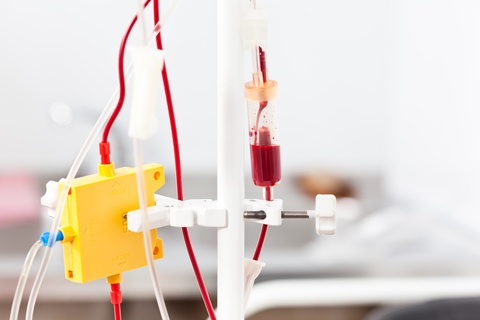
When injured or invaded by disease, our bodies have the innate response to heal and defend. What if it was possible to harness the power of the body to heal and then accelerate it in a clinically relevant way? What if we could help the body to heal itself better?
The promising field of Regenerative Medicine is working to restore structure and function of damaged tissues and organs. It is also working to create solutions for organs that become permanently damaged.
The goal of this medicine is to find a way to cure previously untreatable injuries and diseases.
Scientific research is working to make treatments available for clinical use. Stem cell therapy promotes the reparative response of diseased, dysfunctional or injured tissue using stem cells or their derivatives. Researchers grow stem cells in a lab. These stem cells are manipulated to specialize into specific types of cells, such as heart muscle cells, blood cells or nerve cells.
The specialized cells can then be implanted into a person. For example, if the person has heart disease, the cells could be injected into the heart muscle. The healthy transplanted heart cells could then contribute to repairing defective heart muscle.
It is estimated that up to 128 million individuals might benefit from regenerative medicine therapy, or almost 1 in 3 individuals in the US. If accurate, the need to relieve suffering and reduce healthcare costs is an enormous motivator to rapidly bring stem cell therapies to the clinic.
Stem cell treatments are already being tested in people. Much of that work is in its early stages, focusing on the safety of the procedures — safety always comes first in testing a new treatment. But there have been promising signs in some of these initial trials.
There are a number of key areas being focused on for stem cell therapy and are at varying stages of clinical trials.
Research focuses in the following areas:
- Heart disease
- Eye diseases
- Diabetes
- Stroke
- Spinal cord injury
- Parkinson’s disease
- Alzheimer’s disease
- ALS (Lou Gehrig’s disease)
- Multiple sclerosis
- Cancer
- Cartilage repair

